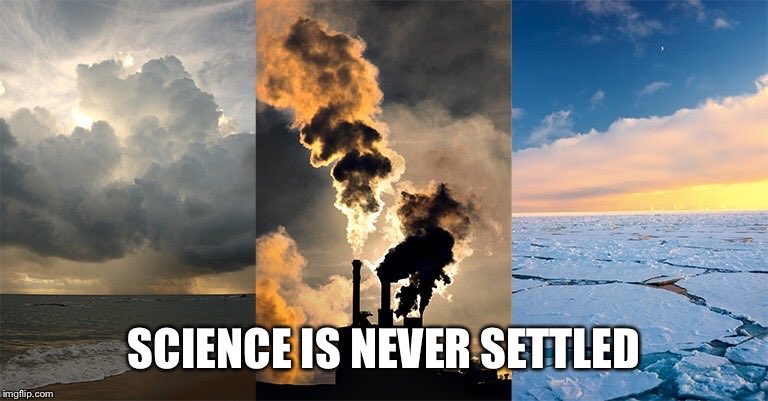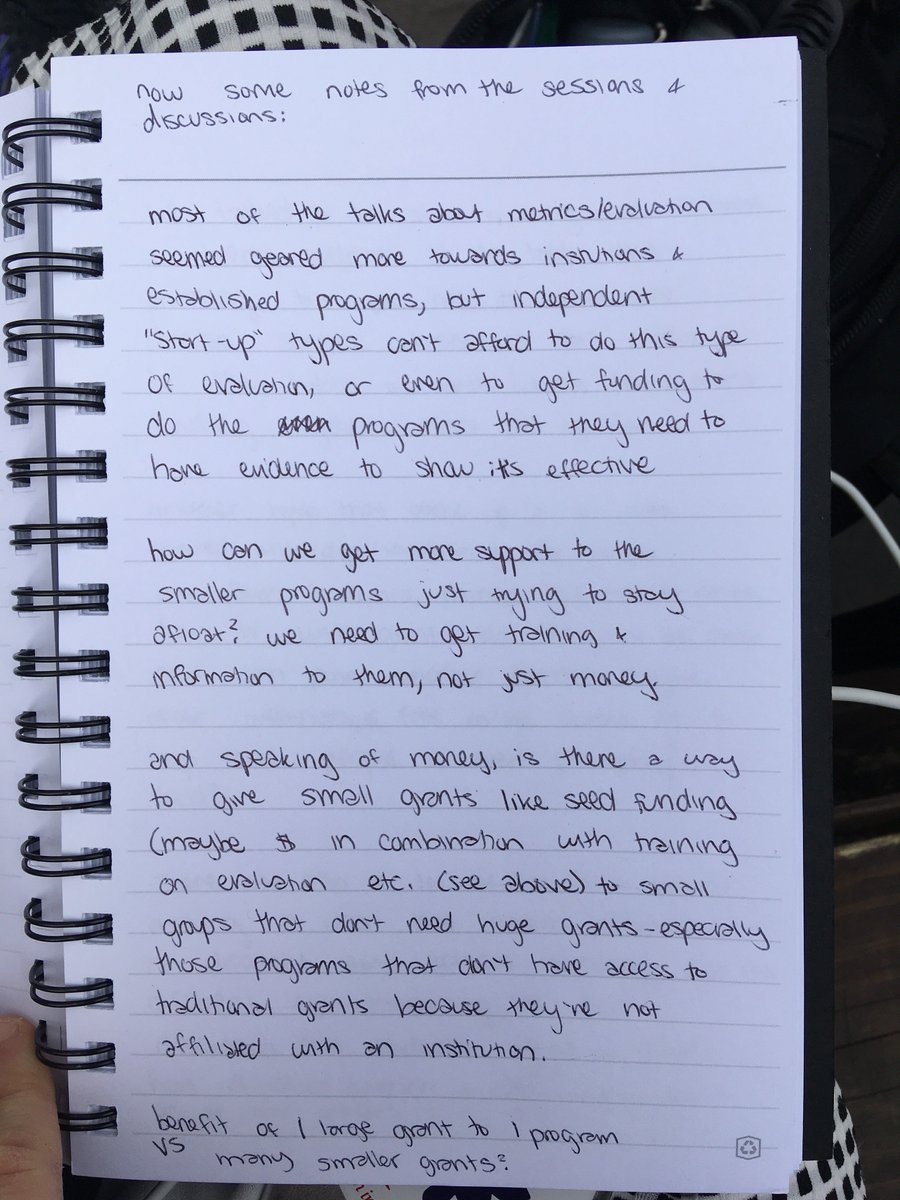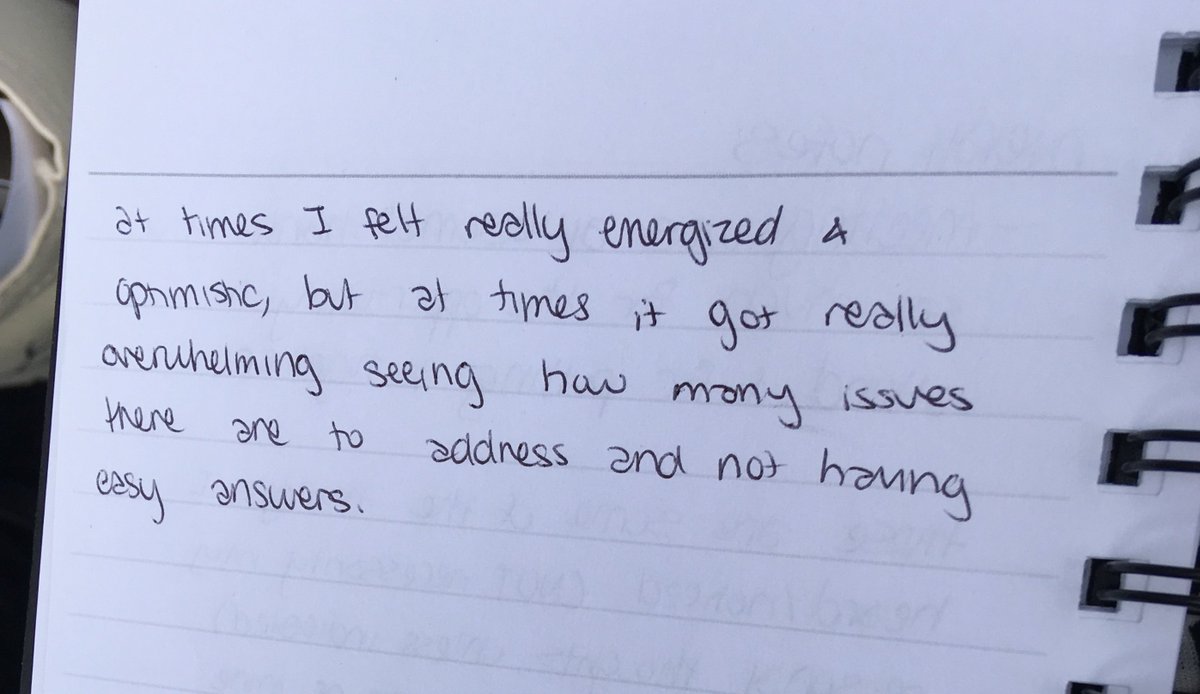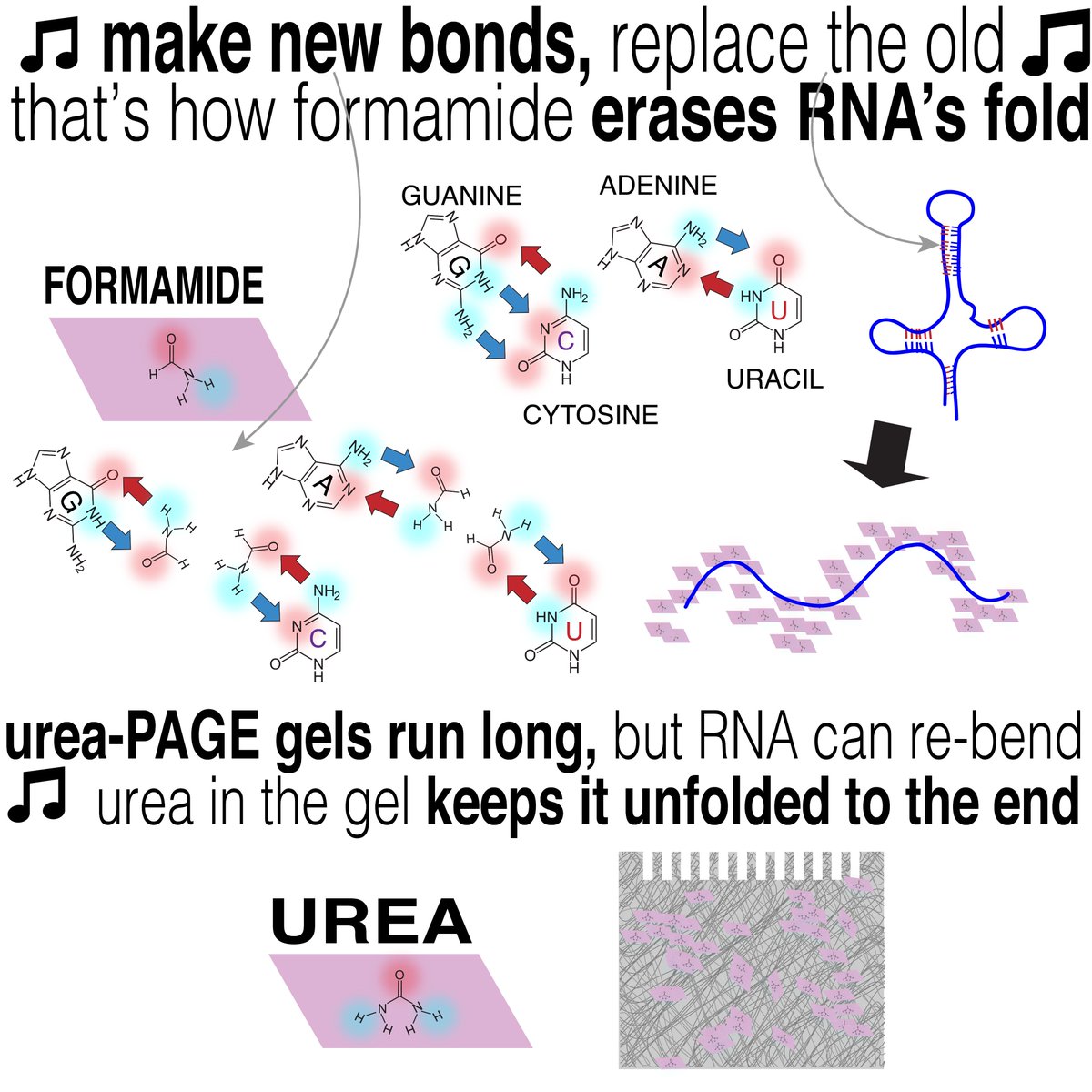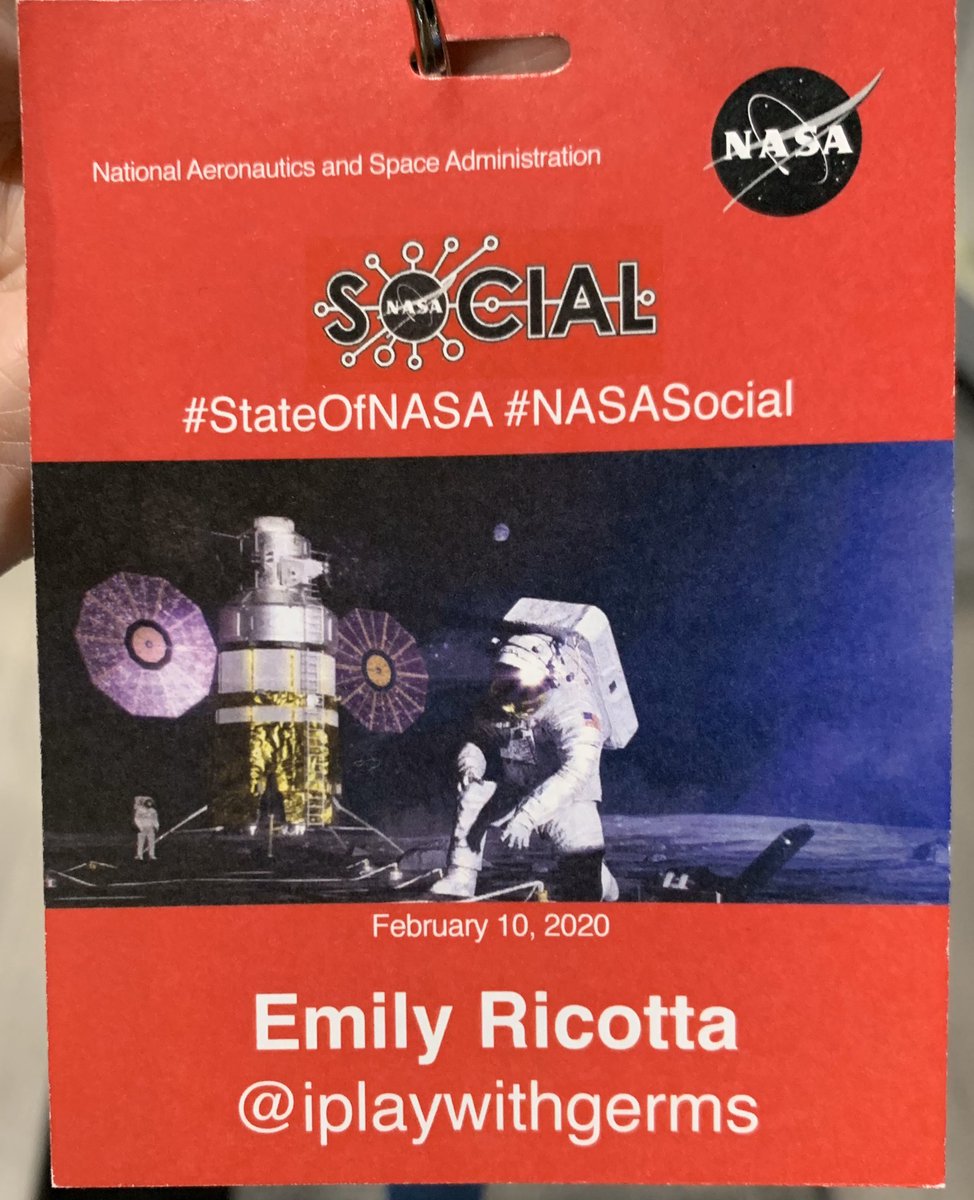







2)Must be able to get there and back with the available propulsion/duel systems (1/2)
4)Needed to be primitive (a class B asteroid in this case). This is why asteroid Bennu was chosen from over 500M asteroids known at the time.
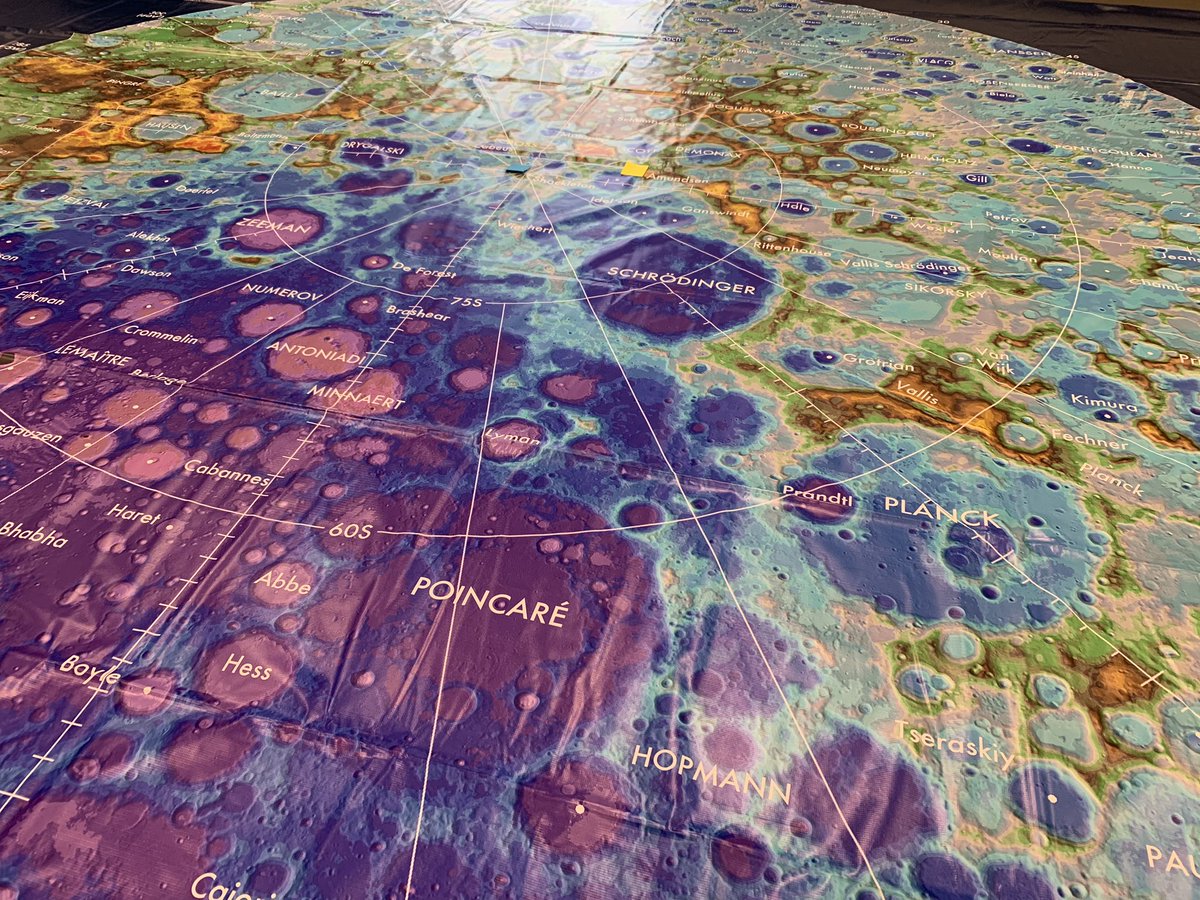





































Keep Current with Emily Ricotta, PhD
This Thread may be Removed Anytime!
Twitter may remove this content at anytime, convert it as a PDF, save and print for later use!

1) Follow Thread Reader App on Twitter so you can easily mention us!
2) Go to a Twitter thread (series of Tweets by the same owner) and mention us with a keyword "unroll"
@threadreaderapp unroll
You can practice here first or read more on our help page!


